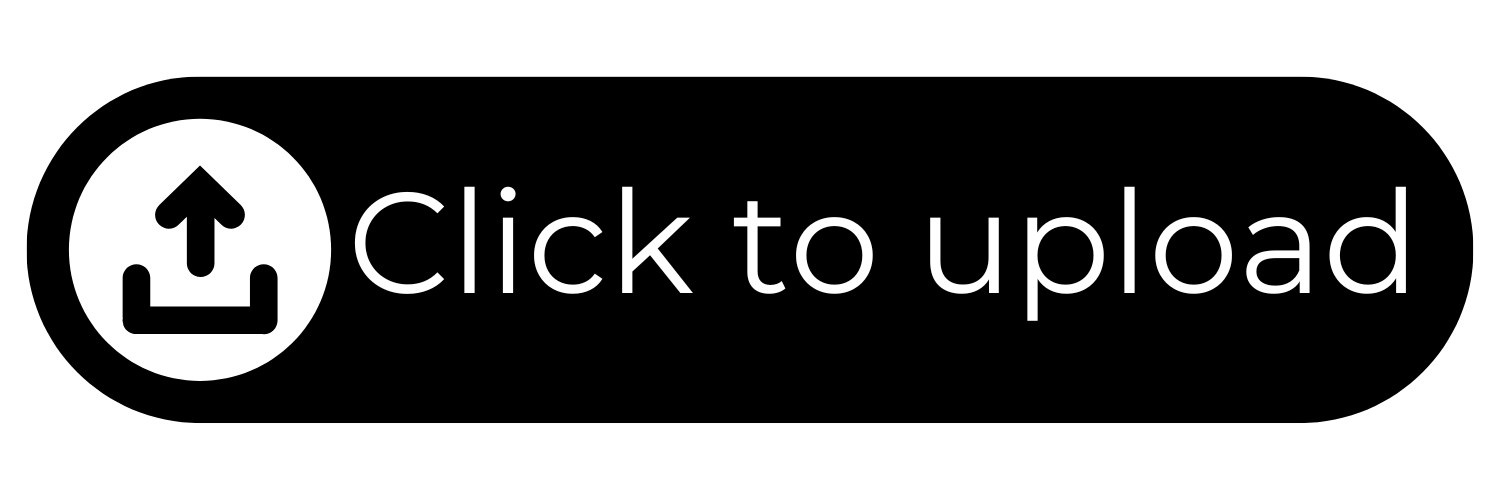How to Improve Your LinkedIn Profile
| September 3, 2025
A Guide for Professionals
In today’s digital-first world, your LinkedIn profile is more than an online resume, it’s your personal brand, networking tool, and first impression rolled into one. Whether you’re actively job seeking, positioning yourself as an industry thought leader, or simply keeping your options open, a strong LinkedIn profile can open doors to new opportunities.
Here’s how you can take your profile from average to outstanding.
1. Start With a Strong Headline
Your headline is one of the first things people see. Instead of just listing your job title, use this space to highlight your expertise, value, or niche.
Example: Instead of “Account Manager,” try “Account Manager | Driving Client Growth Through Strategic Partnerships.”
2. Use a Professional Photo
Profiles with photos receive up to 21x more profile views and 36x more messages. Choose a high-quality headshot with a neutral background, professional attire, and a friendly, approachable expression.
3. Craft a Compelling “About” Section
Think of your About section as your professional elevator pitch. Highlight:
- Who you are
- What you do best
- What value you bring to employers or clients
Keep it conversational yet professional. Use first person (“I help…”, “I specialise in…”) and finish with a call to action (e.g., “Let’s connect to discuss…”).
4. Showcase Your Experience and Achievements
Go beyond listing job duties. Instead, highlight key achievements, quantifiable results, and skills gained.
Example: Instead of “Responsible for managing client accounts,” try “Managed a portfolio of 30 clients, achieving 95% retention and growing revenue by 20% year-on-year.”
5. Highlight Skills and Endorsements
LinkedIn allows you to list up to 50 skills. Prioritise the most relevant to your industry and career goals. Encourage colleagues, clients, or peers to endorse your skills—it helps validate your expertise.
6. Add Recommendations
Recommendations are powerful testimonials. Reach out to past managers, colleagues, or clients and ask them to provide a recommendation that highlights your strengths and contributions.
7. Optimise for Keywords
Recruiters and hiring managers often use LinkedIn’s search function to find candidates. Think about the keywords they would search for (e.g., “financial services recruitment,” “insurance specialist,” “business support”) and naturally incorporate them into your headline, About section, and job descriptions.
8. Keep Your Profile Active
An updated profile is good—but an active profile is even better. Engage with your network by:
- Sharing industry news and insights
- Commenting thoughtfully on posts
- Writing short updates about your work or achievements
- Publishing articles to position yourself as a thought leader
9. Customise Your LinkedIn URL
A simple, clean LinkedIn URL (e.g., linkedin.com/in/yourname) is easier to share on résumés, email signatures, and business cards.
10. Showcase Licenses, Certifications, and Volunteer Work
These sections help round out your professional story and demonstrate initiative, continuous learning, and values that align with employers.
Final Thoughts
Your LinkedIn profile is one of the most powerful career tools at your disposal. By optimising it with a professional photo, compelling content, and a clear focus on your strengths and achievements, you’ll position yourself as a strong candidate and credible professional in your field.
Remember: LinkedIn is more than a platform for job seekers—it’s a platform for relationship-building, thought leadership, and long-term career success.

















